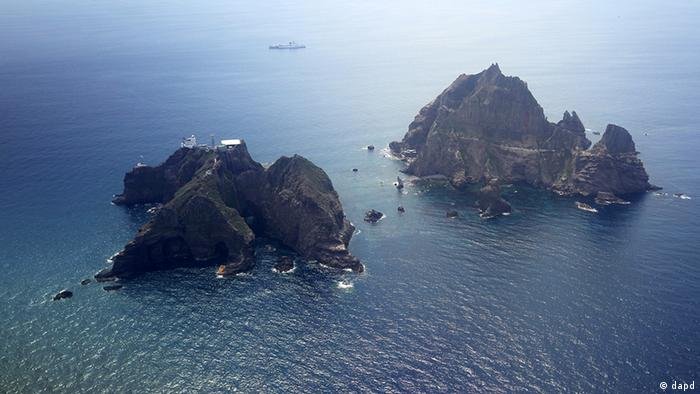Japanese-Korean islands of discord

Unresolved question
On October 25, the Republic of Korea celebrated the 22nd anniversary of the Dokdo Islands (Known as Takeshima in Japanese). At the same time, Japan has long defended the right to own these islands. A small group of rocks in the Sea of Japan has long remained a huge problem in relations between the two states. Despite the agreements reached by the new Japanese PM Fumio Kishida and Korean President Moon Jae-in on October 15 to strengthen cooperation, the tension between the two countries will never be completely exhausted. This can only happen if the bilateral and final resolution of the territorial dispute between Tokyo and Seoul goes into effect. Both countries, while proving their case, appeal to history, geography and international treaties and therefore, at first glance, the fundamentally different positions of the two states seem strange.
Looking Back
Seoul claims that references to Korean sovereignty over the Liancourt rock group were noted in the “Geography Section of the Annals of King Sejong’s Reign” of 1454, which appeared long before the start of Japanese claims. The Japanese position is that the Takeshima Islands have nothing to do with Seoul since in 1905, before the annexation of Korea, it became part of the Japanese prefecture of Shimane. The border dispute between Korea and Japan is also complicated by a blurred interpretation of the results of World War II, which regularly brings mutual dialogues to a standstill. The fact is that the decision of the Supreme Commander for the Allied Powers (SCAP) of 1946 spelt out Japan’s renunciation of sovereignty over its colonies, including Korea. At the same time, this important point was missed in The Treaty of San Francisco, which consolidates the results of the war. This fact allowed Japan to legitimately argue its claims to the islands. At the same time, Tokyo’s regular attempts to attract the attention of the modern public to the territorial dispute, which is not aware of the root of the problem, further complicate the situation.

Disputed Territories Region
The absence of some important terms in the final version of the San Francisco Treaty gave rise to a large number of questions. That is why territorial problems became a kind of visiting card of the Asia-Pacific region. We can recall both the debate over the affiliation of the Spratly Islands and Paracels and the eternal problem of Taiwan. At the same time, Tokyo is more active than other countries in contesting certain regional territories. This is because, in reality, Japan may still not recognize the results of World War II, which is why for half a century, in addition to a dispute with Korea regarding the belonging of the Liancourt rocks, Tokyo has territorial differences with China over the Senkaku Islands, and with Russia over the Kuril Islands.
Islands of memory
Today, Dokdo or Takeshima are under the jurisdiction of the Republic of Korea, which takes an active part in their economic development and which does not suit the Country of the Rising Sun. However, Korea’s arguments in favour of its ownership of the islands are not only treaties with an ambiguous interpretation but also the historical pain, suffering and humiliation experienced by Koreans during the Japanese occupation from 1910 to 1945. Koreans sincerely believe that Japan has not yet been properly punished for the harsh authoritarian policies pursued on the peninsula in the first half of the last century and has paid little for its crimes. The Liancourt Islands are the symbol of the pride and independence of the Republic of Korea from Japanese colonization.
Unpromising future?
The two countries have been trying to establish mutual contacts for decades while defending their positions on the territorial dispute, which does not contribute to a constructive dialogue. Seoul’s arguments about the original Korean affiliation of the Liancourt Islands make sense, given the documented historical justifications. Tokyo’s reasoning, in turn, also has its trump cards in legal terms. But at the moment, two rocky islands in the middle of the Sea of Japan continue to be a stumbling block in Korean-Japanese relations, and it is unlikely that the situation will be resolved in the near future because neither country is yet ready for a compromise.


















